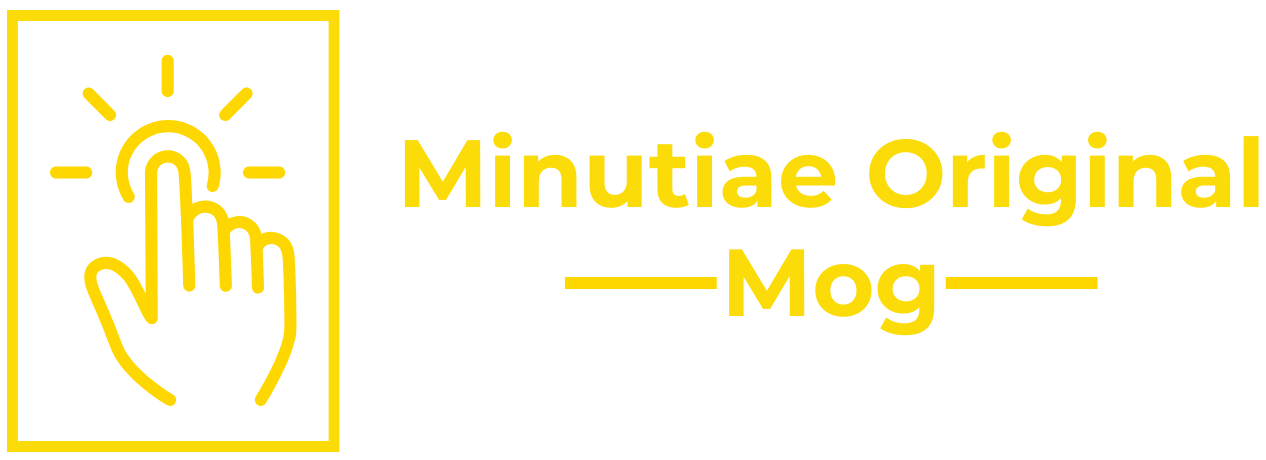Most teams do post-mortems to figure out what went wrong. They gather after a project has crashed and burned, sifting through the ashes to find the cause of the fire.
But what if you could spot the sparks before they ever caught flame? What if you could identify those fatal collaborative flaws before the project even began, saving your team months of frustration and wasted effort?
You can. The tool is called a Collaborative Pre-Mortem, and it’s one of the most powerful practices a team can adopt to ensure success.
What is a Collaborative Pre-Mortem?
A Collaborative Pre-Mortem is a proactive team exercise where you imagine a future in which your project has failed spectacularly. Then, you work backward to diagnose the collaborative reasons for that failure.
Unlike a traditional risk assessment that focuses on external factors, a pre-mortem specifically targets the human element—the misunderstandings, misalignments, and friction that derail even the most well-planned initiatives. It’s a way to stress-test your team’s collaboration before the pressure is on.
The Step-by-Step Guide to Your First Pre-Mortem
Follow this simple, four-step process to run your most effective pre-mortem yet.
Step 1: Set the Scene
Gather your key project stakeholders and set the stage. Frame the meeting with a clear and dramatic statement:
“Team, imagine it’s six months from now. Our project has completely and utterly failed. We’ve missed every deadline, blown the budget, and the final outcome was a total flop. It’s been a disaster. I want you to think about what happened. What went wrong?”
This framing gives everyone permission to be brutally honest and bypasses the natural optimism that can blind a team to potential pitfalls at the start of a project.
Step 2: Brainstorm Individually
Give everyone 5-10 minutes of silent, individual time to write down every reason they can imagine for the project’s failure. Encourage them to think big and small, from communication breakdowns and shifting priorities to personal conflicts and skill gaps. This ensures that quieter team members have an equal voice and aren’t influenced by the first ideas spoken aloud.
Step 3: Diagnose with the TASK Framework
This is where you move from vague worries to precise diagnoses. As a group, share the reasons for failure one by one. For each reason, don’t just accept it at face value—categorize it using the TASK Framework:
- T (Time): Was the failure due to a priority clash? (e.g., “We deprioritized this for another project.”)
- A (Actions): Was it a misalignment on purpose? (e.g., “The marketing team never bought into the core strategy.”)
- S (Size): Was the scope too overwhelming or unclear? (e.g., “The project was too ambitious; we didn’t know where to start.”)
- K (Knowledge): Was there a critical knowledge gap or a fear of speaking up? (e.g., “No one felt safe to admit they were struggling with the new software.”)
This diagnostic step transforms “The team didn’t communicate well” into a specific, actionable insight: “We had a Knowledge problem because there was no clear channel for raising concerns.”
Step 4: Develop Mitigation Strategies
Now, for each diagnosed T, A, S, or K risk, create a concrete plan to avoid it. This turns your pessimism into a proactive playbook.
- For a Time (Priority) risk: “We will align with department heads on a shared quarterly priority list before kick-off.”
- For an Actions (Purpose) risk: “We will co-create the project vision statement with the marketing team in our next meeting.”
- For a Size (Scope) risk: “We will break Phase 1 into a two-week sprint with a single, clear deliverable.”
- For a Knowledge (Learning) risk: “We will assign a ‘safety monitor’ to check in with team members privately and ensure concerns are surfaced.”
Taking It to the Next Level: The “Trail Meeting”
For high-stakes collaborations—like a new partnership or a major client project—you can escalate this practice into a “Trail Meeting.” This is a simulated, role-played version of your first major meeting. Team members act as the key collaborators (e.g., the skeptical client, the difficult vendor), allowing you to pressure-test your communication strategies and refine your approach in a safe environment before the real thing.
Stop Reacting to Failure and Start Preventing It
The Collaborative Pre-Mortem is more than a meeting; it’s a declaration that your team’s time and energy are too valuable to waste on preventable failures. It’s a cornerstone practice for building a resilient, proactive team culture.
This guide is your starting point. But to truly master this practice, you need the right tools.
This methodology is one of the seven cornerstone practices in The Leader Factory. Inside the book, you’ll find the complete system, including ready-to-use templates, collaborative profiling worksheets, and advanced techniques to run your most effective pre-mortem ever. [Click here to learn more and get your copy today!]

